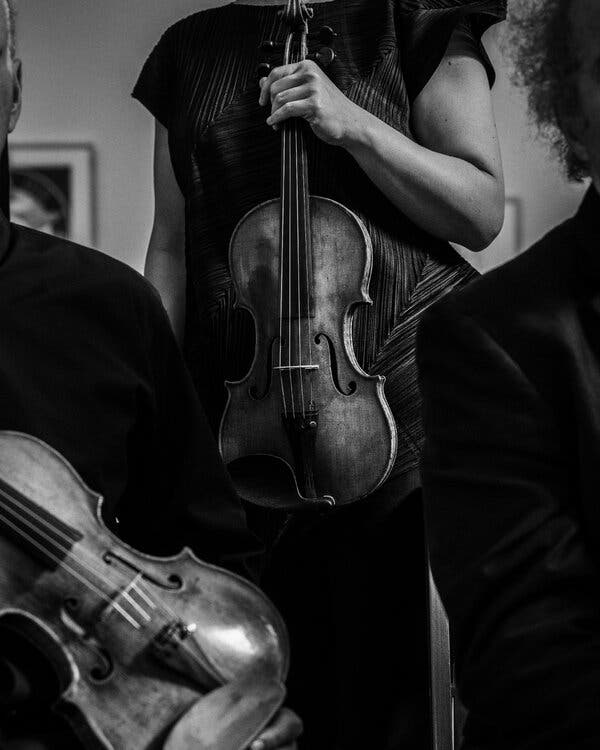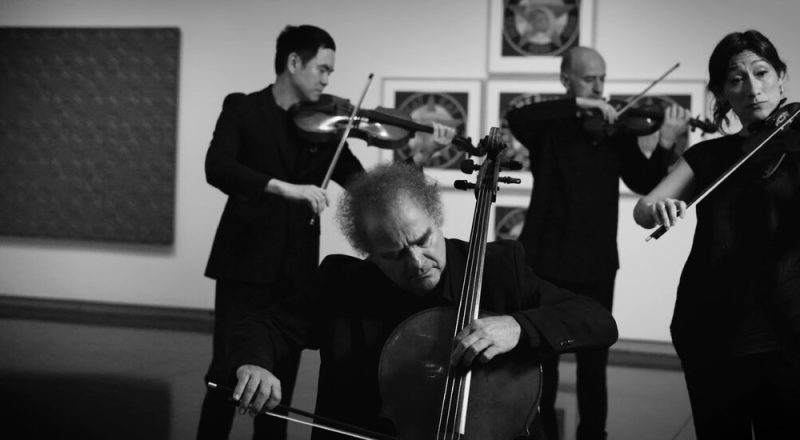Recently, the Takacs Quartet gave a recital at the University of Colorado Boulder. In many ways, it could have been perfectly routine: some Bartok and Beethoven before an adoring audience at the college where the group has taught in residence since 1986.
But the Takacs simply does not do routine.
The Beethoven was a perfect example, an exceptional account of the Opus 135 Quartet that was astonishingly vivid even when watched on a livestream. You could have taken any of its four movements and written pages in their praise. Perhaps what struck most, though, was just how constantly and generously each of the players — Edward Dusinberre, first violin; Harumi Rhodes, second violin; Richard O’Neill, viola; and Andras Fejer, cello — was physically and aurally in dialogue with the others, and through them, the listener.
It’s that ability to communicate, among many other talents, that makes the Takacs the essential quartet of our time. It’s also one of the qualities that has kept the group so identifiably itself as time has passed: The quartet marks its 50th anniversary this year. As part of a season of celebrations, it appears with the pianist Jeremy Denk at the Frick Collection on Thursday.

The Takacs has, throughout its history, been a synonym for assured, collective excellence.
The name Takacs has become a synonym for assured, collective excellence, but its story is one of evolution, not stasis. Read either of Dusinberre’s eloquent memoirs relating the history of the quartet, and it becomes clear that it has been a personal drama, played out through the scores that its members rehearse and perform.
Time certainly has remade the Takacs. Only one of the four young Hungarians — Gabor Takacs-Nagy, Karoly Schranz, Gabor Ormai and Fejer — who stepped into their first lesson in communist Hungary, ready with a Mozart quartet, remains. Both Roger Tapping and Geraldine Walther, the violists who followed Ormai in turn, have come and gone.
